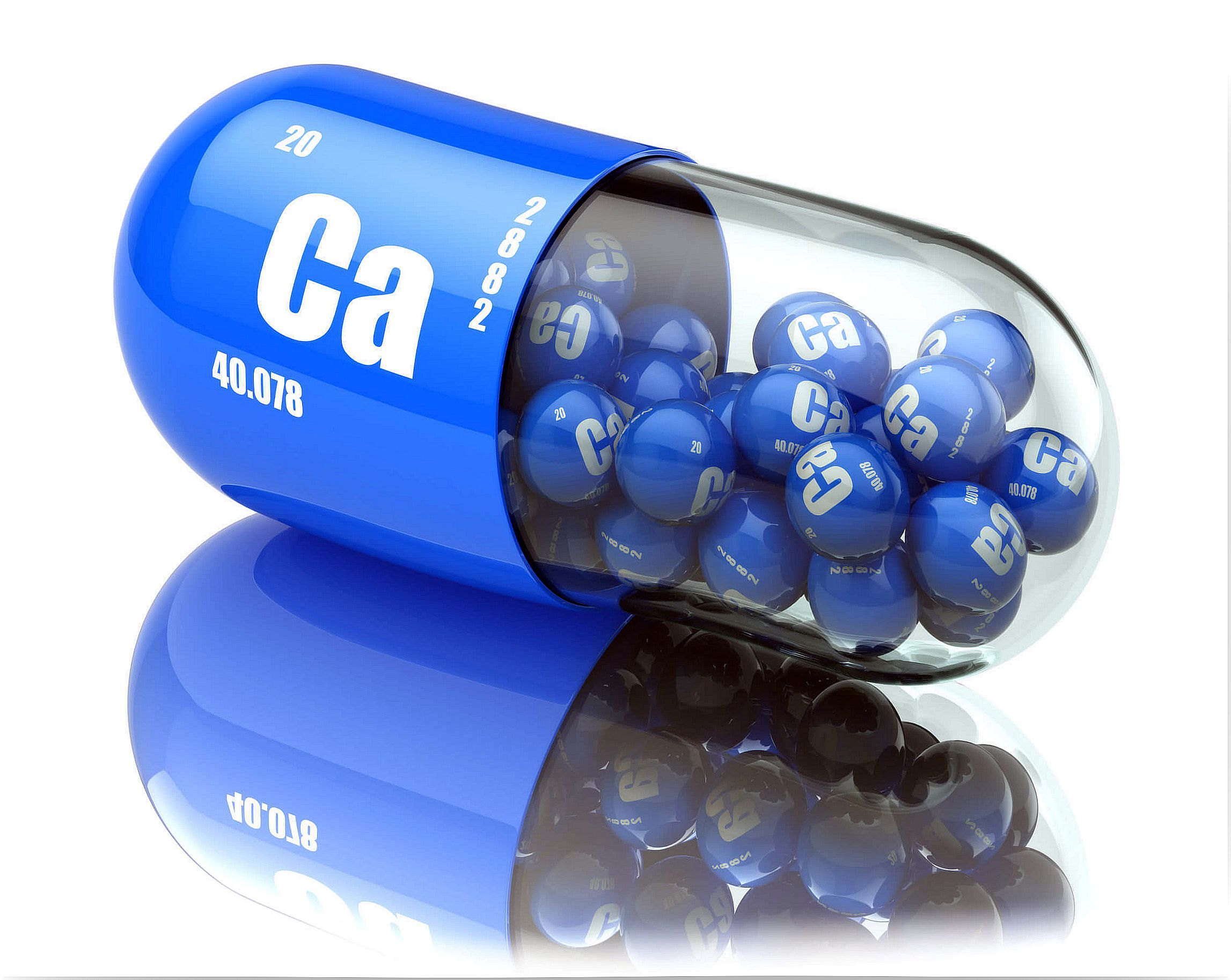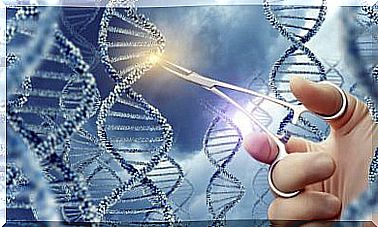Calcium: Properties, Functions And Sources
Although it is famous for helping us achieve strong and healthy bones, the truth is that calcium also intervenes in many other organs of the body.

Did you know that calcium is the most abundant mineral in the body? An adult person can accumulate up to 2% of their weight. Although most of it is present in bones and teeth, it is also found in tissues, blood plasma, the brain, and cells.
In this article, we will tell you more about its properties, functions and sources, and why it is an indispensable element in your life.
Features and functions

As has been reported in the scientific literature, calcium is a macromineral that fulfills a structural function in the body, since it is an integral part of bones and teeth, where it supports their rigidity and structure.
However, that is not the only function. The presence of this mineral in other parts of the body, such as blood, shows us its many facets. Therefore, it is often said that we need it to grow strong and healthy.
It helps blood circulate through blood vessels throughout the body and to release hormones and enzymes that influence many functions in the body. In addition, it has an important role in muscle contraction and participates in the transmission of nerve impulses to different parts of the body.
It is also closely related to vitamin D to improve bone fixation ; with magnesium to build bones and with boron to increase estrogen levels in the blood (this hormone is also responsible for bone preservation).
Therefore, eating a diet rich in calcium translates into better nutrient fixation and, above all, greater protection against osteoporosis. Calcium is one of the nutrients that the body needs to be healthy.
Calcium at every age
Calcium is vital at every stage of life and therefore we must consume it periodically. In the first years, it serves to develop bones and teeth; in adolescence, to continue bone growth and help in hormonal processes.
With age, bones lose density and require a good dose of this mineral every day. Increasingly, there are people with bone problems due to a lack of calcium. Osteoporosis is a decalcification that appears especially in women from the age of 50.
For this reason, it is very important that, at this time, you increase your intake so that fractures can be avoided or they can heal faster. To this, we must add other nutrients, such as magnesium and vitamins D and K2, which promote its absorption.
Recommended daily dose
The recommended daily doses according to age or stage of life are the following:
- 4 to 8 years: 800 milligrams.
- 9 to 18 years: 1,300 milligrams.
- 19 to 50 years: 1,000 milligrams.
- From the age of 51: 1,200 milligrams.
- Pregnant or lactating women: 1,200 milligrams.
- Women in menopause and postmenopause: 1,500 milligrams.
People who are most at risk for calcium deficiencies are menopausal women, lactose intolerant, and vegetarians or vegans. Although there are many supplements of this nutrient, dairy is still the most important.
On the other hand, high doses of calcium in the blood ( hypercalcemia ) can cause kidney stones, nausea, abdominal pain, irregular heartbeat, and dry mouth.
Health effects of calcium
As the famous saying goes, “everything in excess is harmful”. Therefore, both the deficit and the excess of calcium can be detrimental to health, since they do not contribute to the organic balance, but rather to the appearance of various alterations.
Cardiovascular diseases
Some studies indicate that getting enough calcium may reduce the risk of cardiovascular disease and stroke. However, other studies indicate that consuming large amounts, especially in the form of supplements, could increase the risk of suffering them.
Therefore, it is advisable not to exceed the daily limit of 2,000 to 2,500 milligrams / day.
Bone health and osteoporosis
Osteoporosis is defined as a disease characterized by low bone mass density. Over time, bones slowly lose calcium, become brittle, and prone to fractures.
However, this loss can be reduced through recommended calcium intake during adulthood, a healthy lifestyle, and regular physical activity.
Kidney stones
Most kidney stones are high in calcium oxalate. Some studies have found that higher calcium intake from dietary supplements can lead to kidney stones; however, calcium that comes from food is unlikely to produce it.
The best sources of calcium
In addition to the main sources of calcium that are dairy products and their derivatives, we can find it in the following foods that we are going to tell you about.
Fish
Consuming canned fish (without oil) is advisable to increase the dose of calcium. Even the species in which the thorns can be eaten serve us well. Among the recommended fish are salmon and mackerel or mackerel.
Separate paragraph deserve the sardines. Each fillet provides us with approximately 50 milligrams of calcium (5% of the recommended daily values). In addition, they also provide us with a good amount of vitamin D and omega 3 fatty acids.
Green vegetables

Swiss chard, spinach, cabbage, broccoli and lettuce have a good content of this mineral. It is better to consume them raw or steamed so that the nutrients are not lost by the high temperatures.
There are thousands of recipes that we can prepare to take advantage of all the properties of green vegetables and, of course, add more calcium to the body.
Kale
Kale is a cruciferous native to Asia that is similar to broccoli, since they belong to the same family, and it is one of the vegetables richest in calcium. It can be consumed as a juice or smoothie, cooked, raw, and even grated as a spice.
Two cups of kale (500 grams) provide 188 milligrams (almost 20% of what you need per day) and vitamin K.
If we talk about broccoli, we must say that one cup provides us with 74 milligrams of calcium and 120 milligrams of vitamin C, which help the body to metabolize it better. In turn, it contains dietary fiber, folate, and vitamins K and A.
Vegetables
The more calcium that provide are white beans (a cup is equal to 191 milligrams of the mineral or 20% of the recommended intake) and seeds of sesame (1 tablespoon gives us 88 milligrams of calcium and 100 grams 975 milligrams).
Thus, it is recommended to add them to meals throughout the year.
Nuts
Almost all those belonging to this family are extraordinary sources of this mineral. However, the best option, without a doubt, are almonds. About twenty almonds contain 72 milligrams of calcium as well as vitamin E, iron, and potassium (among other fatty acids).
Don’t forget about calcium!
As you have seen, calcium is an essential mineral for the body, yes, remember not to exceed the recommended daily dose, and if you have doubts, always consult your doctor.









